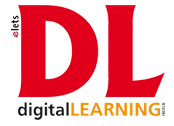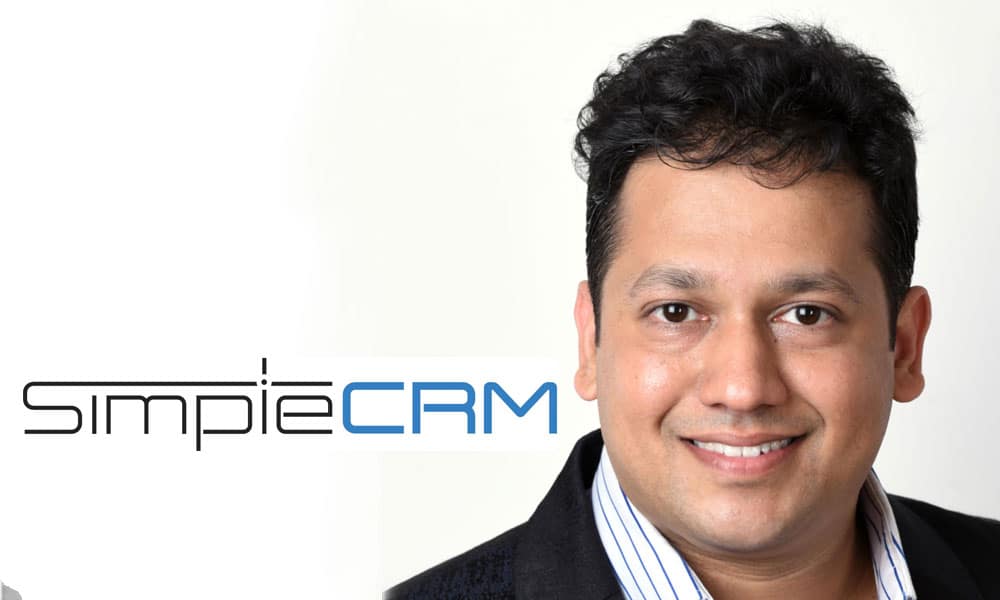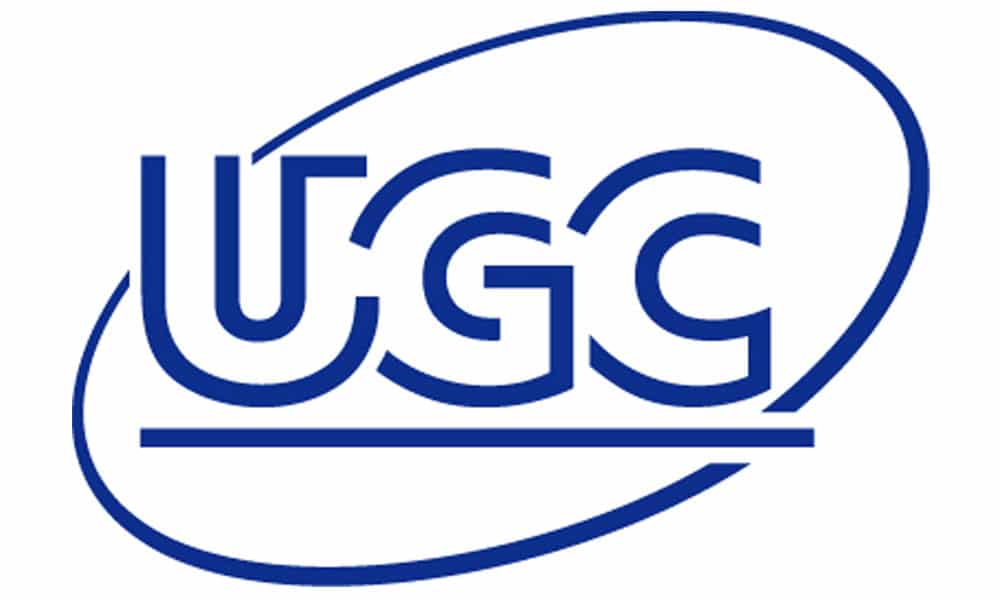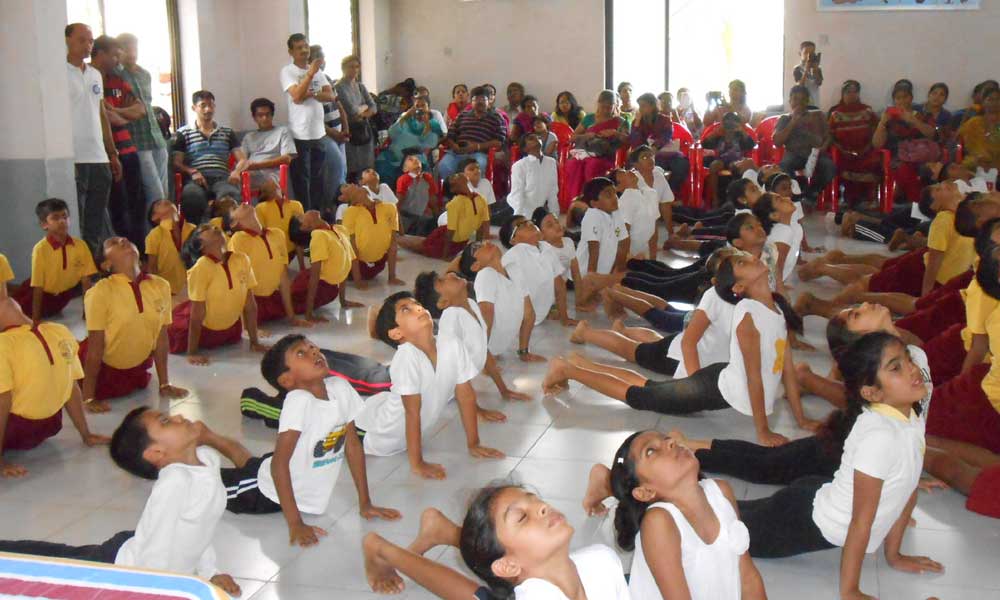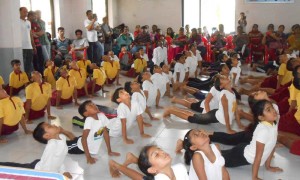Despite technology-aided education replacing the traditional methods fast, the issue of after-school tuitions still lingers and poses a challenge. Under this situation, the solution to how to coordinate between the various stakeholders in a child’s education has been provided by Genext Students Limited, says its Co-founder Ali Asgar Kagzi in an interaction with Elets News Network (ENN)
Why did you decide to launch your initiative?
Both me and my partner Asad Daud are graduates from the London School of Economics (LSE). It was during the course of our study at LSE that we were exposed to the phenomenal use of technology in education. When we looked at the Indian education space, we realised that the opportunity is massive. However, there are two major fundamental issues facing our education system – lack of physical infrastructure and lack of skilled resources(teachers). These issues can only be solved with smart use of technology. This is what led to the idea of GenextStudents.com being formulated. The company was launched in 2013 as a basic platform providing study notes. Over the period, we’ve had a tremendous journey with some exceptional learning and the business has now evolved to its current state which is a one of its kind hybrid tutoring platform combining best of physical tutoring with technology aided learning.
Genextstudents.com is a one of its kind hybrid tutoring platform that combines the best of physical tutoring and technology aided learning. Our aim is to help parents (and students) search and connect with the best tutor as per their requirements in their vicinity. And, this student-tutor connect is further enhanced by our technology aided tools.
For students, along with the provision to connect with tutors, we also provide comprehensive digital content, assessment tools and comprehensive analytics tools for adaptive learning, which track and analyse the student’s study progress and their performance.
This content and analytics tools are also used by tutors for delivering high quality output to the students.
On the tutors’ front, we have created a platform where we aggregate and verify individual tutors and help them get discovered easily. In addition, we empower these tutors with a suite of admin tools which help them discharge their duties efficiently.
Moreover, students can also subscribe only to our digital content either on our web or mobile app. At present we cater to school students of classes 1-12 for CBSE, ICSE, SSC (Maharashtra) in English medium and Rajasthan and UP Boards (in Hindi medium). The home tutor connect service has been recently launched and is available only for Mumbai and we are planning to expand this to other cities and states for which we already have content available.
What was the most challenging part of setting up your company?
When we decided to foray into education space, the biggest challenge was where do we start from? The larger the opportunity and the sector, the easier it is to get overwhelmed and lose direction. We wanted to ensure that we address the existing problems at the grass root level and create a suitable solution rather than creating a solution and then fitting it into the existing system. Hence, we conducted a thorough market research.
We found out that an exceptional percentage of students opted for after school learning or tuitions. This number is as high as 92 percent in metro cities and is applicable at all income levels irrespective of the category of schools (public or private). The reasons for opting for tuitions vary with students, like lack of proper teachers in public schools or peer pressure in private schools. Therefore, we decided to focus on school level students and created a technology platform for helping these students with their studies and learning. Initially, we offered only digital content on our platform.
However, we realised that no matter how good the content is, it cannot substitute a tutor who could provide a physical intervention and who can guide the student. Keeping this in mind we evolved our business model to create hybrid tutoring platform combining best of physical tutoring with technology aided learning.
So, one can say, it is very important for a young venture to be extremely nimble, learn from ground experiences, and quickly evolve the model as per the customer or target audience requirements.
Who do you see as your target audience? How are you reaching out to them?
Our primary target audience are parents and students. It is interesting to note that parents are the decision makers when it comes to purchasing; but students are the end consumers. In addition we also reach out to tutors as they are the ultimate service providers for the home tutoring services. One of the USPs of our platform is that we cater to all the stake holders in the education system – students, parents and tutors and this is what sets us apart.
We undertake a combination of online and offline activities to reach out to all these categories. Along with this, we have undertaken several strategic alliances to ensure that we have a tremendous reach and are able to positively impact as many number of individuals as possible
What are the major benefits for stakeholders of education adopting your solutions?
For students, along with the provision to connect with tutors, we also provide comprehensive digital content for adaptive learning. This content consists of study notes, solutions to text book question, sample question papers, past year board exam papers, video lessons and question & answer forum along with very comprehensive and chapter wise assessment modules. All this is complemented by in-depth analytics (performance analysis tools) which track and analyse student’s progress and performance. The analytics tools offer some very helpful and meaningful information about the students – such as their strong and weak areas in a particular subject, subject-wise and chapter-wise scores and performance status, historical performances, top performers for that particular class( or subject or chapter), etc. These performance analytics are automatically shared with the parents. Hence, parents are constantly abreast of the study progress and performance of their child.
This content and analytics tools are also used by tutors to deliver high quality output to the students.
On the tutors’ front, we have created a platform where we aggregate and verify individual tutors and help them get discovered easily. In addition, we empower these tutors with a suite of admin tools which help them discharge their duties efficiently. There is a separate app for tutors as well. These tools take care of tutors’ admin work and help them focus completely on their core responsibility of teaching. These tools include – student and batch management system, attendance tracking system, tutor language proficiency testing module, test generators, student progress tracker, parent messaging and communication system and student doubt clearing forum.
Do you have much competition? What is the biggest hurdle you have faced or are still facing?
Through our extensive ground work, research and interaction with parents, students and teachers we have figured that technology-only solutions would not be the best solution for Indian ecosystem – especially for kids at school level. That’s because no matter how good the digital content is, a student still needs a tutor/facilitator/guide for physical interaction and motivation. In addition, content is highly commoditised and alone can’t be a differentiating factor.
Hence, after a thorough research, we have created our hybrid model which is a one-of-its kind tutoring model combining best of physical tutoring and technology aided learning. We not only facilitate the connection of students (and parents) with tutors but have also created extensive technology tools for offering maximum value to all these stakeholders – students, parents and tutors – through our platform. This is our biggest USP. There are several players which are either focusing on very good content or listing of tutors. However, no one is providing the end-to-end combination of services that we offer.
The first and foremost challenge is creating a suitable platform which offers substantial value to all the stakeholders involved – students, parents and tutors. Having a right platform is very essential; only having content alone and a listing platform for tutors is not sufficient. Our hybrid model aptly addresses these issues providing a mix of physical tutoring and technology aided learning.
The second challenge is ensuring stickiness on our platform. Along with digital study content, assessment and performance analytics tools for students and parents, we have created extensive tech tools for tutors as well. This helps overcome the issue of stickiness and ensures that there is an on-going positive interaction with our platform at all levels.
Third challenge is monetisation, especially of digital content. Consumers are still very wary of paying for online subscription to digital content. Paying online for something which doesn’t exist in physical format is still a huge impediment for our Cash-On-Delivery obsessed population. To overcome this issue, we have partnered with all the leading telecom operators in India – Idea, Airtel, Vodafone, Aircel – to offer mobile balance payment solutions. Customers who want to subscribe only to our digital content either on web or app can pay directly using their mobile balance. No need of net banking, credit cards or even any wallet!
Where do you see your company in the next five years?
In the next five years, our aim is to establish ourselves as the market leader in the tutoring space with state-of-art technology being at the core of our business. We will focus on scaling rapidly, adding more tutors and students across the major cities across the country for tutor connect and partnership with tutorials. Plans are also on cards to up the ante for content in vernacular languages for state board students especially those from Hindi speaking states in Northern parts of India.
